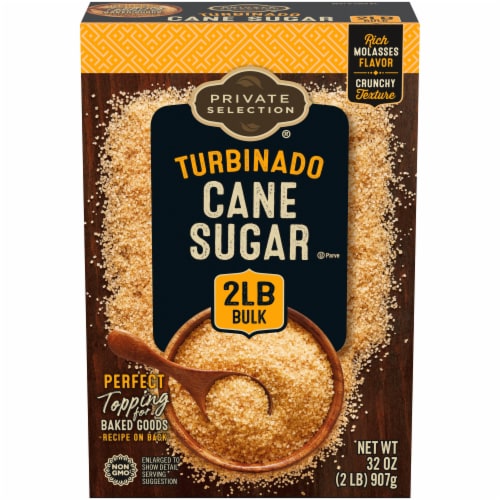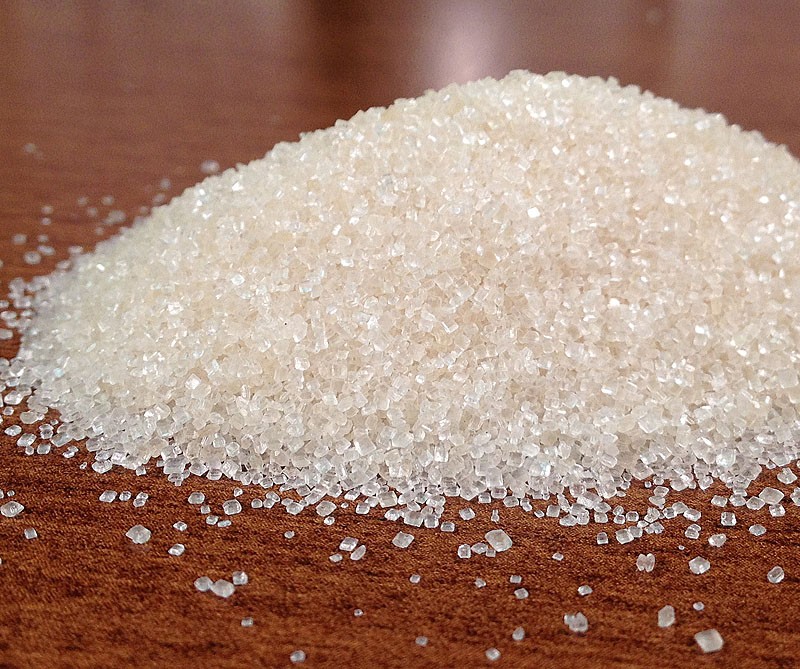The Scientific Research Behind Cane Sugar Processing: Just How Sweetness is Fine-tuned
The Scientific Research Behind Cane Sugar Processing: Just How Sweetness is Fine-tuned
Blog Article
Comprehending the Crucial Strategies and Technologies Utilized in Modern Walking Stick Sugar Handling
The advancement of cane sugar handling has actually been considerably shaped by the assimilation of advanced methods and innovations that attend to both performance and sustainability. As we discover these critical innovations, it ends up being necessary to take a look at how they not only improve manufacturing however likewise straighten with wider market trends and consumer needs, elevating concerns about the future of sugar handling and its implications for international markets.
Historical Context of Walking Stick Sugar Handling
The historical context of walking stick sugar handling exposes an abundant tapestry of farming innovation and social exchange that has actually shaped its growth over centuries. Coming From Southeast Asia, sugarcane was grown as early as 8000 BCE - Cane Sugar Processing. The process of improving and removing sugar obtained momentum in India, where methods for crystallization were improved around the 6th century. This expertise went across to the Middle East, and by the 12th century, sugar became a valued commodity in Europe, bring about the facility of sugar ranches in the Mediterranean.

Advanced Removal Strategies
Effectiveness in cane sugar extraction has actually seen substantial innovations, driven by the need for greater yields and lower manufacturing expenses. Traditional methods have progressed, providing way to innovative technologies that boost the effectiveness of the removal process. One noteworthy innovation is using enzyme-assisted extraction, in which specific enzymes break down cell wall surfaces and launch even more sucrose from the walking stick fibers. This technique not only enhances sugar return but likewise lowers the power needed for processing.
Furthermore, the fostering of membrane filtering modern technologies, such as nanofiltration and turn around osmosis, has revolutionized the splitting up of sugar from impurities. These methods enable for the selective permeation of sugar particles while keeping bigger contaminants, enhancing the extraction process and lessening waste.
In addition, the combination of continual extraction systems has actually brought about enhanced functional effectiveness. Cane Sugar Processing. These systems maintain a continuous circulation of walking cane material, guaranteeing optimum removal problems and lowering downtime connected with batch processing
Innovative Refining Technologies
Refining techniques in cane sugar processing have actually undertaken a transformative change, driven by the need for greater pureness and enhanced item high quality. One of one of the most significant technologies is the fostering of membrane filtering innovations, such as ultrafiltration and nanofiltration. These procedures successfully eliminate pollutants and colorants without the requirement for substantial chemical treatments, therefore preserving the sugar's all-natural taste and boosting its appeal.
Another substantial development is the usage of ion exchange resins, which allow for selective removal of undesirable ions from sugar remedies. This technology not just boosts the general purity of the last product yet also adds to reduced waste and ecological effect.
Additionally, advancements in adsorption techniques, using triggered carbon and other advanced materials, have shown efficient in decolorizing sugar services while maintaining site web ideal top quality. The integration of these cutting-edge refining innovations guarantees that suppliers can produce polished sugar with premium clearness and preference, satisfying the progressing choices of consumers.
Automation and Control Solution
Recent advancements in refining technologies have actually led the way for considerable enhancements in automation and control systems within cane sugar handling centers. These systems utilize innovative software and equipment to boost functional effectiveness, lower human error, and make sure consistent item high quality.
Modern automation integrates different components, including sensors, actuators, and programmable reasoning controllers (PLCs), allowing real-time tracking and control of essential processes. For example, temperature level, stress, and flow rates can be exactly controlled throughout extraction, information, and crystallization stages, optimizing efficiency and minimizing waste.
Furthermore, progressed data analytics and artificial intelligence formulas play a pivotal duty in anticipating maintenance, enabling operators to anticipate tools failings prior to they occur. This proactive method not just reduces downtime but likewise expands the life-span of machinery.
In addition, automation assists in the application of Market 4.0 concepts, equipping sugar mills to achieve better connection and data exchange across processes. Consequently, decision-making comes to be more active and informed, inevitably improving the total competitiveness of walking stick sugar manufacturing. With these advancements, the industry is well-positioned to fulfill growing global demands while preserving functional excellence.
Sustainability Practices in Sugar Production
Sustainability methods in sugar manufacturing have come to be significantly necessary as the sector looks for to balance financial stability with environmental obligation. As customer understanding expands concerning the environmental impacts of agricultural methods, sugar producers are adopting ingenious techniques to reduce their environmental impact.
One considerable approach is the application of accuracy farming methods, which make use of data analytics to maximize resource use, such as water and plant foods. This lowers waste and decreases the effect on local communities. Furthermore, lots of manufacturers are transitioning to eco-friendly power sources, such as biomass from sugarcane results, to power their procedures, thus decreasing reliance on nonrenewable fuel sources.
Water administration practices are additionally critical; rain harvesting and efficient irrigation systems assist reduce water shortage concerns. Cane Sugar Processing. Furthermore, incorporated bug monitoring strategies reduce chemical use, promoting biodiversity and soil health and wellness
Corporate social responsibility initiatives are emerging, with firms investing in local communities and making sure fair labor read here practices. By welcoming these sustainability practices, the sugar market not just boosts its track record but also contributes to a more sustainable agricultural landscape, leading the means for future generations.

Verdict
In recap, modern cane sugar processing incorporates a series of innovative techniques and innovations that substantially improve effectiveness, sustainability, and return. The fostering of innovative removal and refining techniques, alongside automation and control systems, helps with enhanced functional efficiency and item high quality. Additionally, the focus on lasting practices underscores a commitment to lessening ecological influence and promoting ethical manufacturing. Jointly, these advancements place the walking cane sugar industry to meet modern needs while attending to important international challenges.
The evolution of walking cane sugar processing has been dramatically shaped by the integration of sophisticated find methods and innovations that attend to both efficiency and sustainability.The historical context of walking cane sugar handling reveals a rich tapestry of farming technology and cultural exchange that has actually formed its development over centuries. Developments in milling and refining emerged, laying the foundation for modern walking stick sugar handling.Refining methods in walking stick sugar processing have gone through a transformative change, driven by the need for higher pureness and improved item top quality.In recap, modern walking stick sugar processing includes a variety of sophisticated strategies and innovations that considerably improve yield, sustainability, and effectiveness.
Report this page